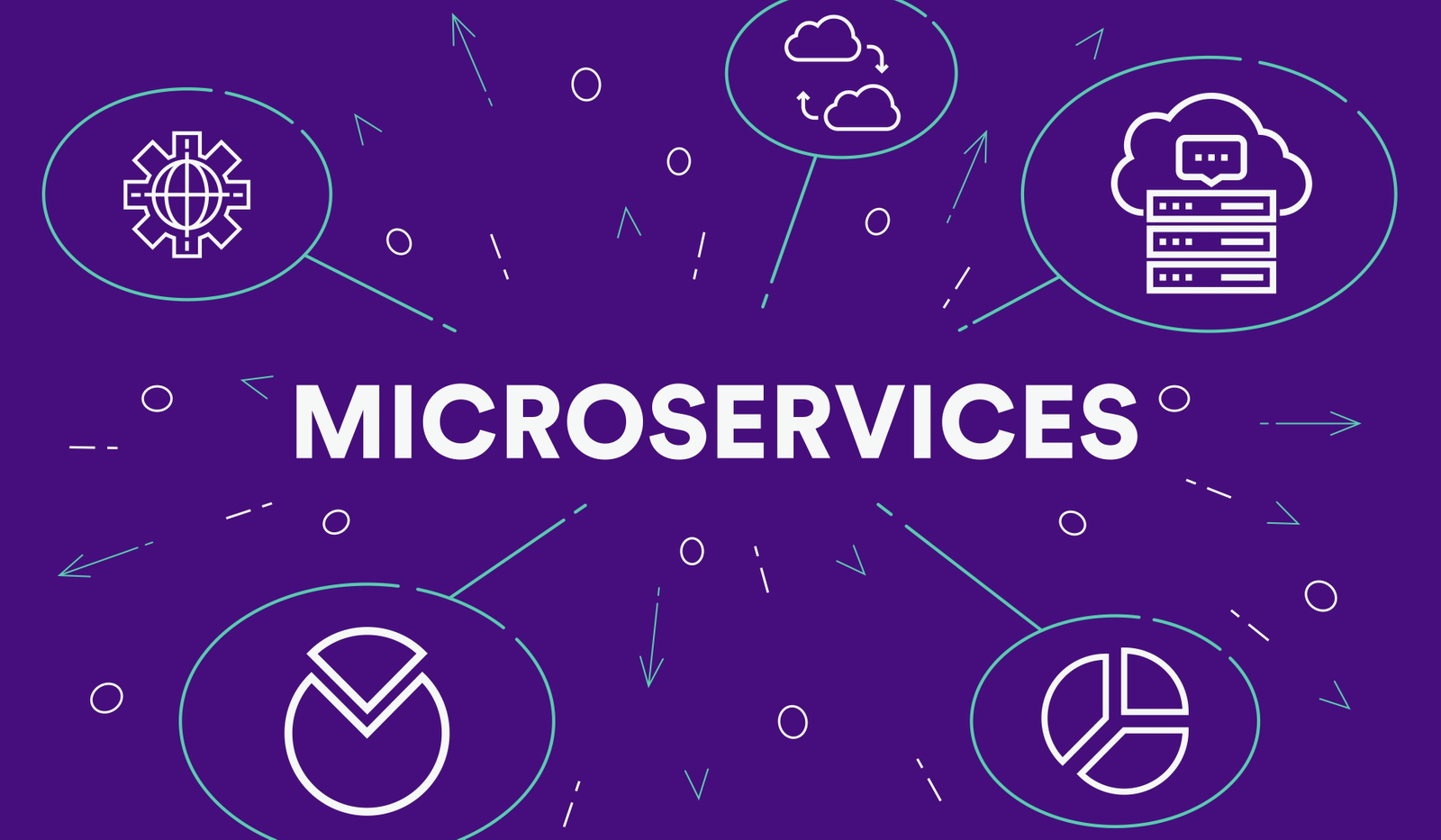The central idea behind microservices is that some types of applications become easier to build and maintain when they are broken down into smaller, composable pieces which work together. Each component is continuously developed and separately maintained, and the application is then simply the sum of its constituent components. This is in contrast to a traditional, monolithic application which is developed all in one piece.
Applications built as a set of modular components are easier to understand, easier to test, and most importantly easier to maintain over the life of the application. It enables organizations to achieve much higher agility and be able to vastly improve the time it takes to get working improvements to production. This approach has proven to be superior, especially for large enterprise applications which are developed by teams of geographically and culturally diverse developers.
There are some other benefits as well for a microservice architecture, which include:
- Developer independence: Small teams work in parallel and can iterate faster than large teams.
- Isolation and resilience: If a component dies, you spin up another while and the rest of the application continues to function.
- Scalability: Smaller components take up fewer resources and can be scaled to meet increasing demand of that component only.
- Lifecycle automation: Individual components are easier to fit into continuous delivery pipelines and complex deployment scenarios not possible with monoliths.
But how did we reach here? Believe it or not, but we’ve come a long way in the past decade to design microservices the way that we do today. To understand why things are done the way they are in the microservice land, I believe it is important to understand the process of evolution of the microservice architecture.
#microservices #software-architecture #event-driven-architecture #rest #serverless
